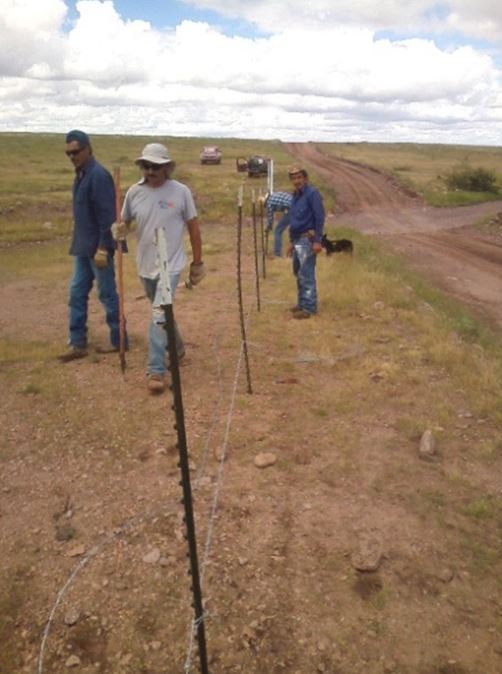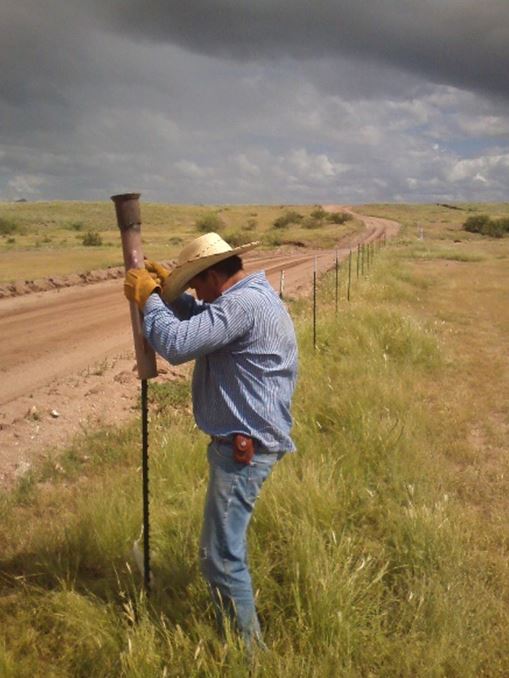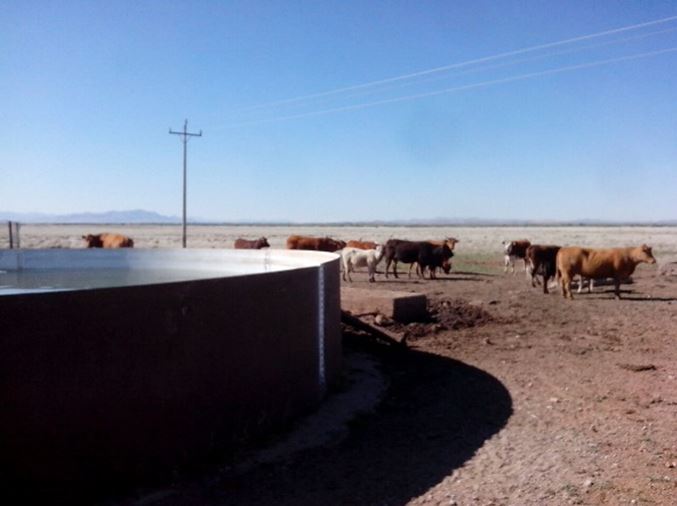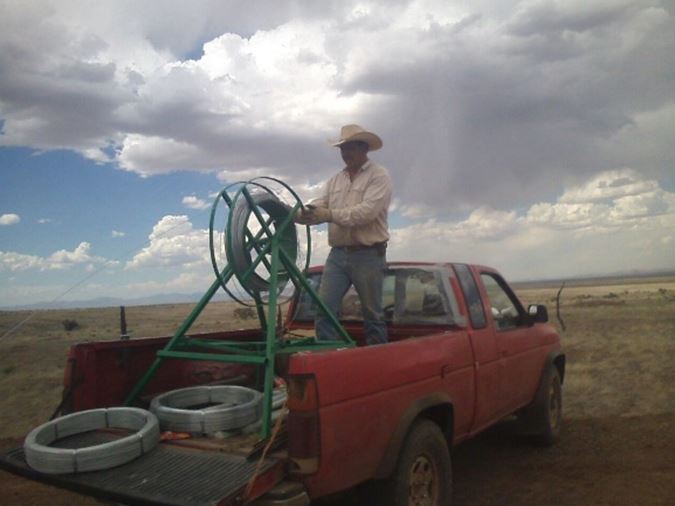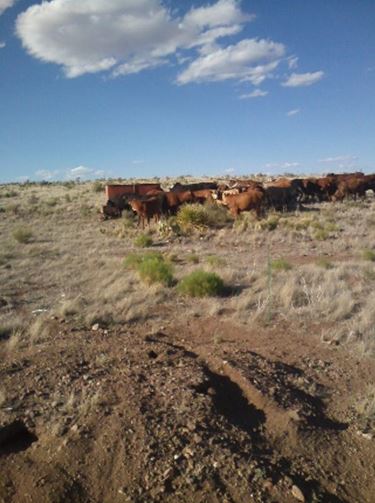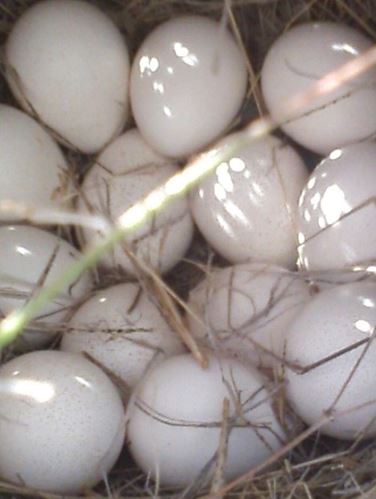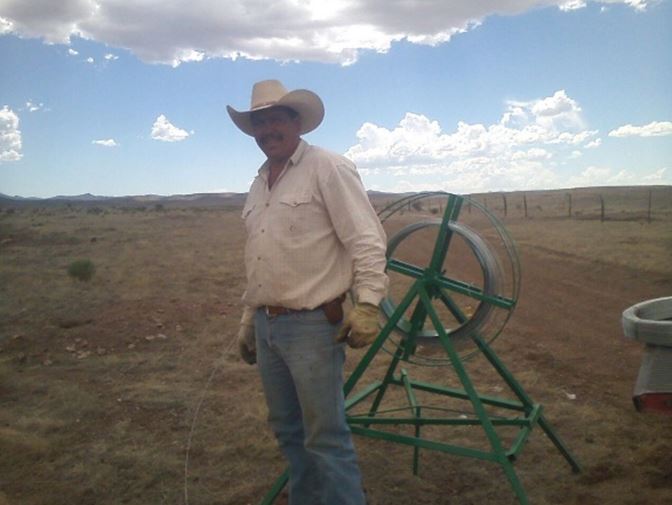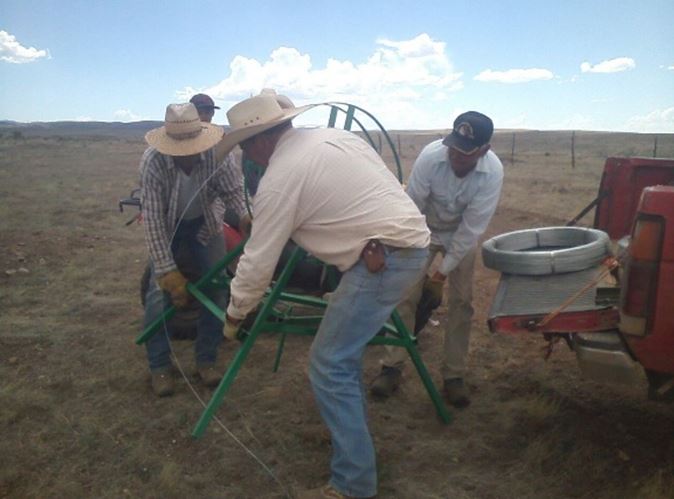| Type | CEC-support Ranch Pilot |
| Organization | Ejido Casa de Janos |
| Country | Mexico |
| Region | Municipality of Janos, Chihuahua |
| Grass Type | Open tussock grassland |
| # of head of cattle | 50 on the El Madroño pasture and 118 on the El Piojo pasture |
| Hectares | 1,681 |
| Language | Spanish |
| Date modified | August 2015 |
With the implementation of sound management practices, Ejido Casa de Janos seeks to improve both the grazing system and the grassland conditions, which will result in a better habitat for fauna. This project was carried out in sector 2 of the ejido (Ejido Casa de Janos is divided into sectors), where various paddocks are located. The El Madroño and El Piojo pastures were selected for the project. While these paddocks have sources of water, a water distribution system is lacking in the paddocks.
In estimating the soil cover in the El Madroño area, 50% of the total area was found to be covered with brush, primarily annual, although areas (not very extensive) are protected with a base of much more abundant perennial scrub (such as grama and tobosa). As regards the soil structure, humus covers 58.4% of the area, while 14.8% is covered by rock, and just over one-fifth (22%) is fully bare, without any other strata protecting the soil from wind or water erosion.
At the El Piojo plot, brush (annuals for the most part) covers 44.8% of the area and there are also spots of perennial scrub, such as tobosa grass, which protects the soil from erosion. Most of the area’s soil surface is covered by humus (64%) and rock (11.6%), while 13.2% is bare soil.
The goal of this project is to enable improved management of grazing. In the last three years, a group of ranchers from Ejido Casa de Janos has been trained in pasture management; however, the lack of infrastructure on the premises has hindered the application of the knowledge received. El Madroño was designed with 11 paddocks, and El Piojo has 10. Both pasture zones have water for cattle, but require better water distribution. All fences are currently electric, powered by fixed and movable solar panels. These fences let most of the pasture rest, with only one paddock being grazed at a time. The pilot project’s two pastures are managed with two different cattle herds.
